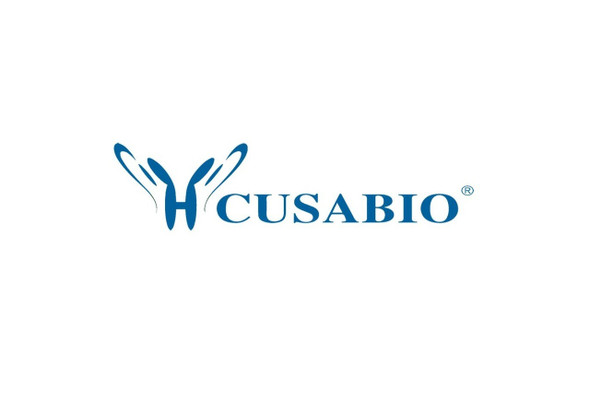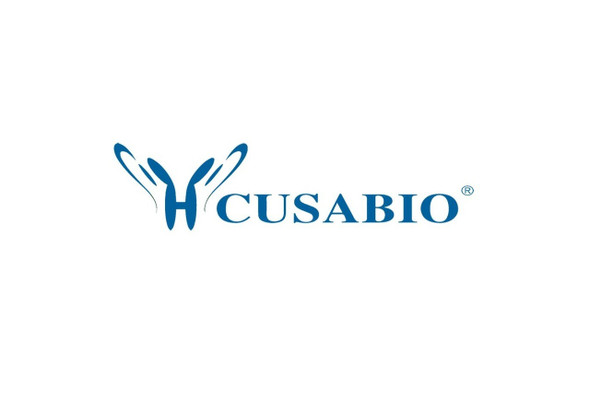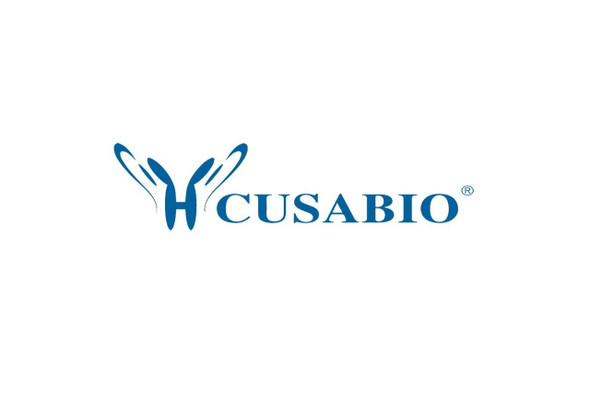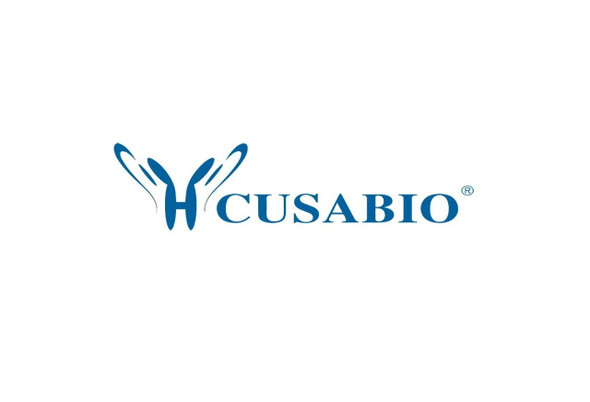Cusabio Active Proteins
Recombinant Human C-C motif chemokine 13 protein (CCL13) (Active) | CSB-AP000911HU
- SKU:
- CSB-AP000911HU
- Availability:
- 5 to 10 Working Days
Description
Recombinant Human C-C motif chemokine 13 protein (CCL13) (Active) | CSB-AP000911HU | Cusabio
Protein Description: Partial
Alternative Name (s) : CK-beta-10, Monocyte chemotactic protein 4, MCP-4, NCC-1, Small-inducible cytokine A13
Gene Names: CCL13,MCP4,NCC1,SCYA13
Research Areas: Immunology
Species: Homo sapiens (Human)
Source: E.Coli
Tag Info: Tag-Free
Expression Region: 24-98aa
Sequence Info: QPDALNVPST CCFTFSSKKI SLQRLKSYVI TTSRCPQKAV IFRTKLGKEI CADPKEKWVQ NYMKHLGRKA HTLKT
Biological Activity: Fully biologically active when compared to standard. The biological activity determined by a chemotaxis bioassay using human monocytes is in a concentration of 10-100 ng/ml.
MW: 8.6 kDa
Purity: >96% as determined by SDS-PAGE and HPLC.
Endotoxin: Less than 1.0 EU/µg as determined by LAL method.
Relevance: Chemotactic factor that attracts monocytes, lymphocytes, basophils and eosinophils, but not neutrophils. Signals through CCR2B and CCR3 receptors. Plays a role in the accumulation of leukocytes at both sides of allergic and non-allergic inflammation. May be involved in the recruitment of monocytes into the arterial wall during the disease process of atherosclerosis. May play a role in the monocyte attraction in tissues chronically exposed to exogenous pathogens.
PubMed ID: 8955214; 8642349; 9195948; 9060459; 10049733; 16625196; 15489334; 18323622
Notes: Repeated freezing and thawing is not recommended. Store working aliquots at 4℃ for up to one week.
Function: Chemotactic factor that attracts monocytes, lymphocytes, basophils and eosinophils, but not neutrophils. Signals through CCR2B and CCR3 receptors. Plays a role in the accumulation of leukocytes at both sides of allergic and non-allergic inflammation. May be involved in the recruitment of monocytes into the arterial wall during the disease process of atherosclerosis. May play a role in the monocyte attraction in tissues chronically exposed to exogenous pathogens.
Involvement in disease:
Subcellular Location: Secreted
Protein Families: Intercrine beta (chemokine CC) family
Tissue Specificity: Widely expressed. Found in small intestine, thymus, colon, lung, trachea, stomach and lymph node. Low levels seen in the pulmonary artery smooth muscle cells.
Paythway: Chemokinesignalingpathway
Form: Lyophilized powder
Buffer: Lyophilized from a 0.2 µm filtered PBS, pH 7.4
Reconstitution: We recommend that this vial be briefly centrifuged prior to opening to bring the contents to the bottom. Please reconstitute protein in deionized sterile water to a concentration of 0.1-1.0 mg/mL.We recommend to add 5-50% of glycerol (final concentration) and aliquot for long-term storage at -20℃/-80℃. Our default final concentration of glycerol is 50%. Customers could use it as reference.
Uniprot ID: Q99616
Uniprot Entry Name: CCL13_HUMAN
HGNC Database Link: HGNC
UniGene Database Link: UniGene
KEGG Database Link: KEGG
STRING Database Link: STRING
OMIM Database Link: OMIM










